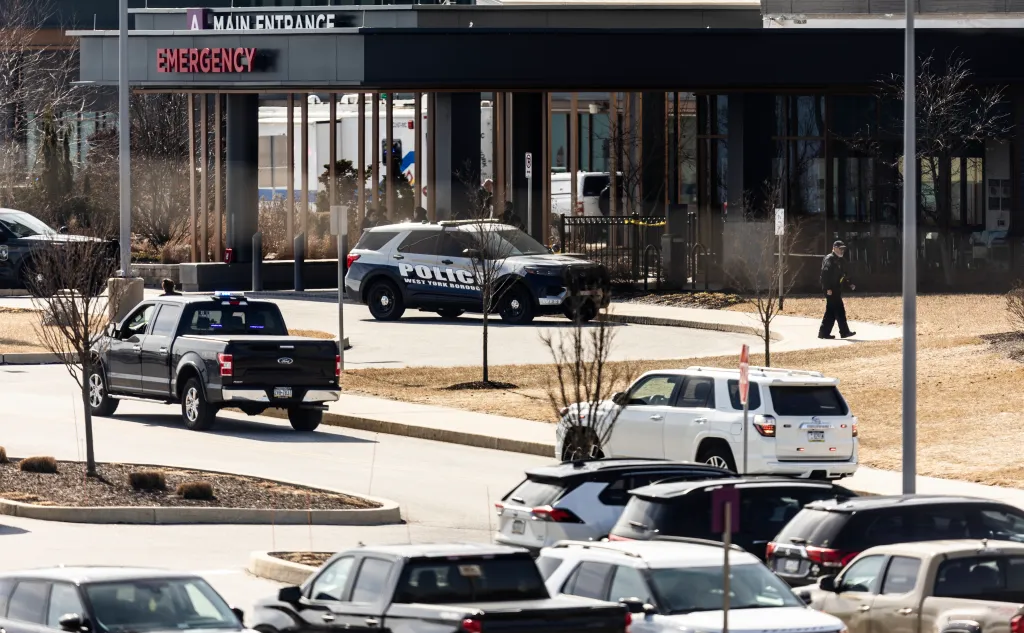The Cybertruck—Tesla’s futuristic, angular electric truck—has been at the forefront of automotive innovation since its unveiling in 2019. With its unorthodox design, bulletproof windows (albeit with a memorable on-stage mishap), and promises of unparalleled performance, the Cybertruck has captured imaginations and polarized opinions. However, recent headlines about a “Cybertruck explosion” have thrust the vehicle back into the spotlight, raising questions about its safety and engineering integrity. What really happened? Let’s dive into the details to separate fact from fiction and understand the implications for Tesla and its eagerly anticipated truck.
The Incident: What We Know So Far
News of the Cybertruck explosion broke when images and videos began circulating on social media, showing what appeared to be a charred and mangled Cybertruck. The incident reportedly occurred during a testing phase at a Tesla facility. Initial reports were sparse and speculative, but as more information emerged, a clearer picture began to form.
Timeline of Events
- Testing Context: The explosion reportedly occurred during a high-stress durability test aimed at evaluating the vehicle’s performance under extreme conditions. These tests are standard in the automotive industry to identify potential weaknesses before mass production.
- Nature of the Explosion: Witnesses and footage suggest that the explosion originated from the battery pack, a critical component of any electric vehicle (EV). Tesla’s vehicles use advanced lithium-ion batteries, which, while efficient, are known to pose risks if not properly managed.
- Immediate Response: Tesla’s on-site safety protocols ensured that the situation was swiftly contained, with no injuries reported. Emergency responders and Tesla engineers conducted a thorough inspection to assess the damage and identify the cause.
Speculations and Theories
As with any high-profile incident, speculations have run rampant. Some critics claim the explosion underscores fundamental flaws in Tesla’s battery technology, while others suggest it was a freak accident unrelated to the vehicle’s design. Here are the leading theories:
- Thermal Runaway: This phenomenon occurs when a battery cell overheats, leading to a chain reaction that causes neighboring cells to overheat. It’s a well-documented risk in high-capacity lithium-ion batteries.
- Structural Compromise: Some theorists propose that a breach in the battery compartment, possibly caused by extreme testing conditions, allowed flammable electrolytes to escape and ignite.
- External Factors: Others point to the possibility of external interference, such as a testing rig malfunction or external impact, triggering the explosion.
Tesla’s Response
Tesla has remained tight-lipped, issuing a brief statement acknowledging the incident and emphasizing their commitment to safety and innovation. The company stated that such rigorous testing is part of their protocol to ensure the Cybertruck meets the highest safety standards. Tesla’s engineers are reportedly conducting a comprehensive investigation to pinpoint the root cause and implement necessary design adjustments.
This measured response aligns with Tesla’s history of addressing challenges head-on. For example, the company has previously faced and resolved issues related to its Autopilot system and earlier battery fires in the Model S and Model X vehicles. Tesla’s ability to turn setbacks into opportunities for improvement has been a cornerstone of its success.
Understanding EV Battery Risks
The Cybertruck explosion has reignited discussions about the inherent risks associated with EV batteries. While electric vehicles are generally safer than their internal combustion counterparts (which carry flammable gasoline), they are not without challenges.
The Science of Lithium-Ion Batteries
Lithium-ion batteries power most EVs, including Tesla’s lineup. These batteries store a significant amount of energy in a compact space, making them efficient but also susceptible to certain risks:
- Overcharging: Excessive charging can lead to overheating and degradation of the battery cells.
- Physical Damage: Impacts or punctures can cause internal short circuits, increasing the risk of fire.
- Manufacturing Defects: Even minor imperfections in the battery’s construction can have catastrophic consequences.
Industry-Wide Safety Measures
To mitigate these risks, automakers, including Tesla, employ advanced safety measures:
- Battery Management Systems (BMS): These systems monitor and regulate battery performance, preventing overheating and overcharging.
- Protective Casings: Battery packs are enclosed in robust casings to shield them from external impacts.
- Thermal Management: Advanced cooling systems help dissipate heat and maintain optimal operating temperatures.
Implications for Tesla and the Cybertruck
The Cybertruck explosion raises critical questions about the readiness of Tesla’s most ambitious vehicle yet. With production slated to begin soon, any delay could have significant ramifications for Tesla’s timeline and reputation.
Investor and Consumer Confidence
Tesla’s stock has historically been resilient, often weathering controversies better than traditional automakers. However, high-profile incidents like this can shake investor confidence, especially as competitors like Rivian and Ford ramp up their EV truck offerings. Transparency and swift resolution will be key to maintaining consumer trust.
Impact on Production Timeline
While Tesla has not announced any delays, resolving safety concerns could potentially push back the Cybertruck’s production schedule. Given the vehicle’s high-profile nature and immense pre-order demand, any delay could frustrate prospective buyers and give rivals an edge.
Broader Industry Lessons
The incident is a stark reminder of the challenges facing the EV industry as a whole. It underscores the importance of rigorous testing and continuous innovation to enhance battery safety and reliability.
Looking Ahead: What’s Next for the Cybertruck?
Despite this setback, the Cybertruck’s future remains promising. Tesla has a proven track record of overcoming challenges and emerging stronger. Here’s what to expect in the coming months:
- Enhanced Safety Measures: Tesla will likely introduce additional safeguards to the Cybertruck’s battery system, potentially setting new industry benchmarks for EV safety.
- Transparency: While Tesla’s initial response has been measured, the company may provide more detailed insights once the investigation concludes. Public trust hinges on openness and accountability.
- Continued Innovation: The Cybertruck represents more than just a vehicle; it’s a statement of what’s possible in automotive design and engineering. Tesla’s commitment to pushing boundaries suggests the Cybertruck will eventually overcome this hurdle and make a lasting impact.
Conclusion
The Cybertruck explosion, while concerning, is not entirely unexpected in the context of cutting-edge automotive innovation. Incidents like these serve as critical learning opportunities, pushing companies to refine their designs and enhance safety. Tesla’s response and the outcomes of their investigation will shape not only the Cybertruck’s trajectory but also the broader narrative around EV safety.
For now, the world watches as Tesla navigates this challenge, hopeful that the Cybertruck will soon deliver on its promise of revolutionizing the way we think about trucks and electric vehicles.






